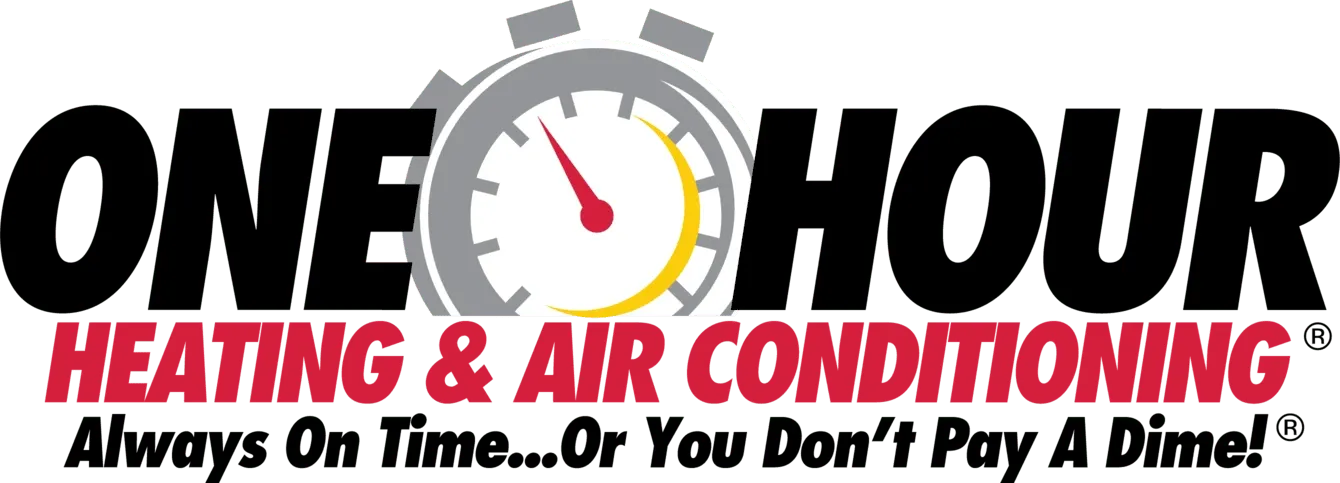6 Ways to Save Energy This Fall
Managing a household isn't easy. Often, it involves balancing competing needs, all of which make demands on your budget. So, every opportunity for savings is something worth exploring. Since HVAC costs represent a big part of the average household's utility expenditures, cutting those costs is a great place to start. To help you do that, here are six ways to save energy this fall.
1. Air Seal Your Home
As the cooling season winds down and the heating season approaches, it's the perfect time to air seal your home. That will prevent heat from escaping and cold from entering as outdoor temperatures drop. You can begin your efforts by inspecting your home's exterior. Look for any gaps, cracks or damage to your home's siding. You can seal small cracks and gaps with outdoor-rated caulking. For larger gaps, expanding foam is a good option. If you find damage to your home's siding, you should arrange for repairs. You can also use weatherstripping to tighten the air seals around your home's doors and windows. Most weatherstripping kits include self-adhesive strips that make installation simple. You can also invest in door sweeps to seal the bottom edges of exterior doors. There's even an easy way to test your doors and windows for air leaks: use an incense stick, allowing its smoke to rise near each opening. If the smoke moves in one particular direction, you've found an air leak.
2. Have Your Ductwork Sealed
Did you know that leaky ductwork can waste as much as 20–30% of conditioned air in the average home? That makes having your ductwork sealed an excellent way to cut your home's energy bills. The process typically involves sealing joints and connections with tape or mastic. For leaks hidden behind walls, professional aerosol-based sealing systems like Aeroseal are often used. With Aeroseal, a technician temporarily seals all vents, pressurizes the ducts, and releases a non-toxic, water-based polymer mist. The mist particles stick to the edges of leaks until they close off the gaps. This method has been shown to reduce duct leakage by up to 90% in many homes, dramatically improving efficiency and comfort.
3. Change Your HVAC Air Filter
If you haven't done so already, fall is an ideal time to replace your HVAC air filter. Most filters need replacement after three months of use. If you skip a filter change, it can become dirty enough to harm airflow throughout your HVAC system, reducing efficiency and increasing wear and tear. When replacing your air filter, choose one that matches your system’s specifications. Higher-MERV filters can improve air quality, but they may restrict airflow if your system isn’t designed for them. If you want stronger filtration without compromising performance, extended media filters or whole-home air purification systems are often better long-term solutions.
4. Reverse Your Ceiling Fans' Direction
If your home has one or more ceiling fans, they can be a valuable tool in managing HVAC costs. In summer, they can make your home feel up to four degrees cooler than the thermostat reading. In winter, switch the fan blades to run clockwise at a low speed. This pulls cooler air up and gently pushes warm air down from the ceiling. While this doesn’t drastically reduce your heating load, it does help distribute heat more evenly. That comfort boost may allow you to lower your thermostat by a degree or two, which can result in real savings over time.
5. Upgrade Your Thermostat
If your home still has an old, mechanical thermostat or a digital model that's over 10 years old, you should consider an upgrade. Older thermostats may not make the most efficient use of your home's HVAC system. At a minimum, consider a digital programmable thermostat and use its scheduling functions to reduce wasted energy. For even more savings, ENERGY STAR-certified smart thermostats can help you cut your HVAC costs by around 8% on average. Some manufacturers report savings of 15–20% or more in certain homes, depending on usage habits. Over time, the energy savings often offset the cost of the thermostat.
6. Schedule HVAC Maintenance
For optimal HVAC efficiency, your system requires regular maintenance. If you have a central AC and a furnace, you'll need two appointments each year: one in the spring and one in the fall. During each visit, our technician will thoroughly inspect, clean, and adjust your HVAC for maximum efficiency. Without maintenance, your HVAC system can gradually lose efficiency and reliability as dust builds up, parts wear down, and airflow is restricted. Regular maintenance helps preserve efficiency, extend your system’s lifespan, and maintain healthy indoor air quality.
Frequently Asked Questions
Is fall a good time for HVAC maintenance?
Fall is the ideal time for heating system maintenance because it can alert you to problems before the cold arrives. It gives you enough time to take corrective action, if necessary, before you need to use your heating system full-time.
Can I turn my system off to save money?
Generally speaking, you can turn off your HVAC whenever outdoor temperatures permit. If yours is a forced-air system, remember that it has a fan-only mode you can use to increase airflow in your home. Fan-only mode uses far less energy than heating or cooling.
Should I open windows?
Yes! It's a great idea to open your home's windows whenever temperatures permit. Doing so ventilates your home, letting fresh air in and stale air out. It can also help improve your home's indoor air quality significantly.
Your Local HVAC Efficiency Experts
If you need help preparing your home's HVAC system for the heating season, One Hour Heating & Air Conditioning® can help. We offer comprehensive HVAC maintenance and upgrade services throughout Herrin, IL. We can also handle all your air quality and ductwork needs. Plus, we provide our “Always On Time... or You Don't Pay A Dime!®” guarantee. When you schedule a service with us, we'll show up as promised, or your visit is free. For all your HVAC needs in Herrin, contact One Hour Heating & Air Conditioning® today!















